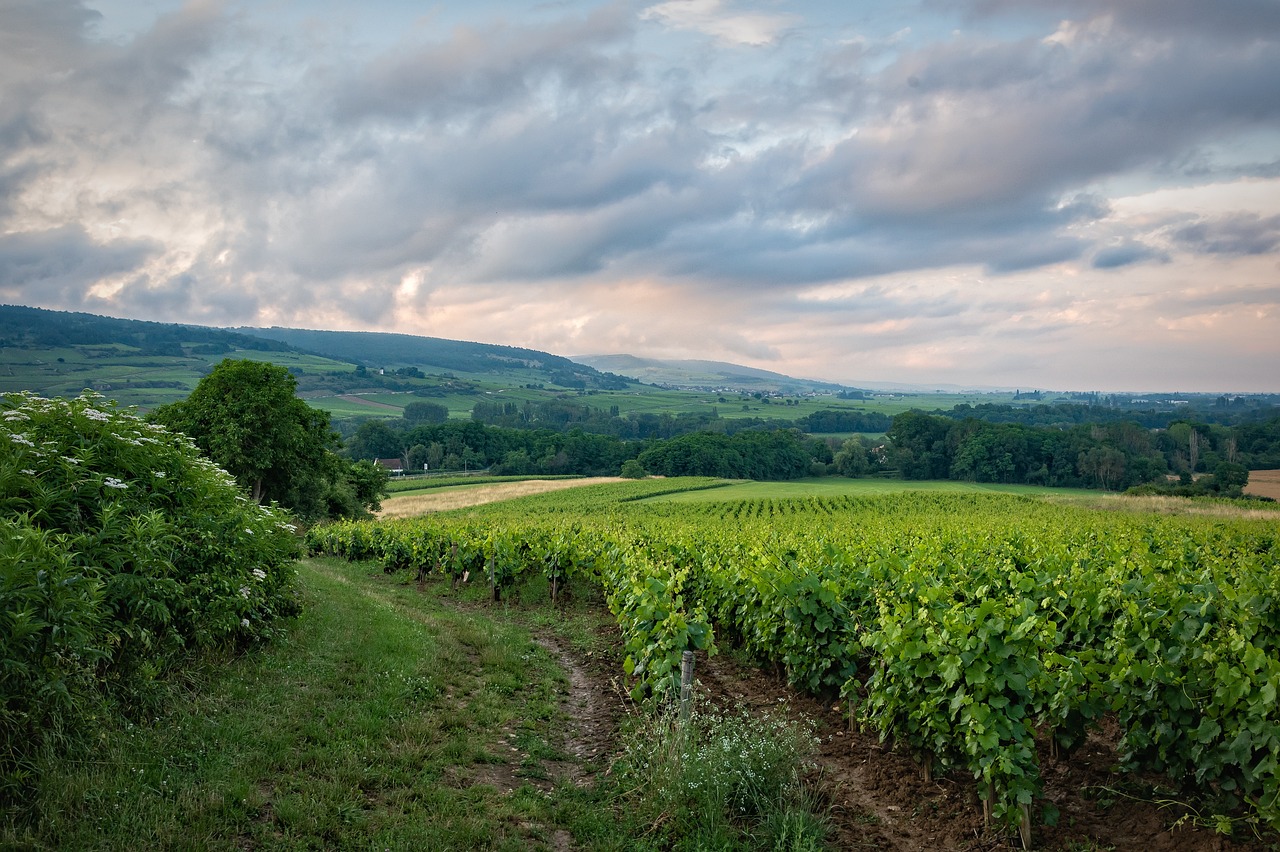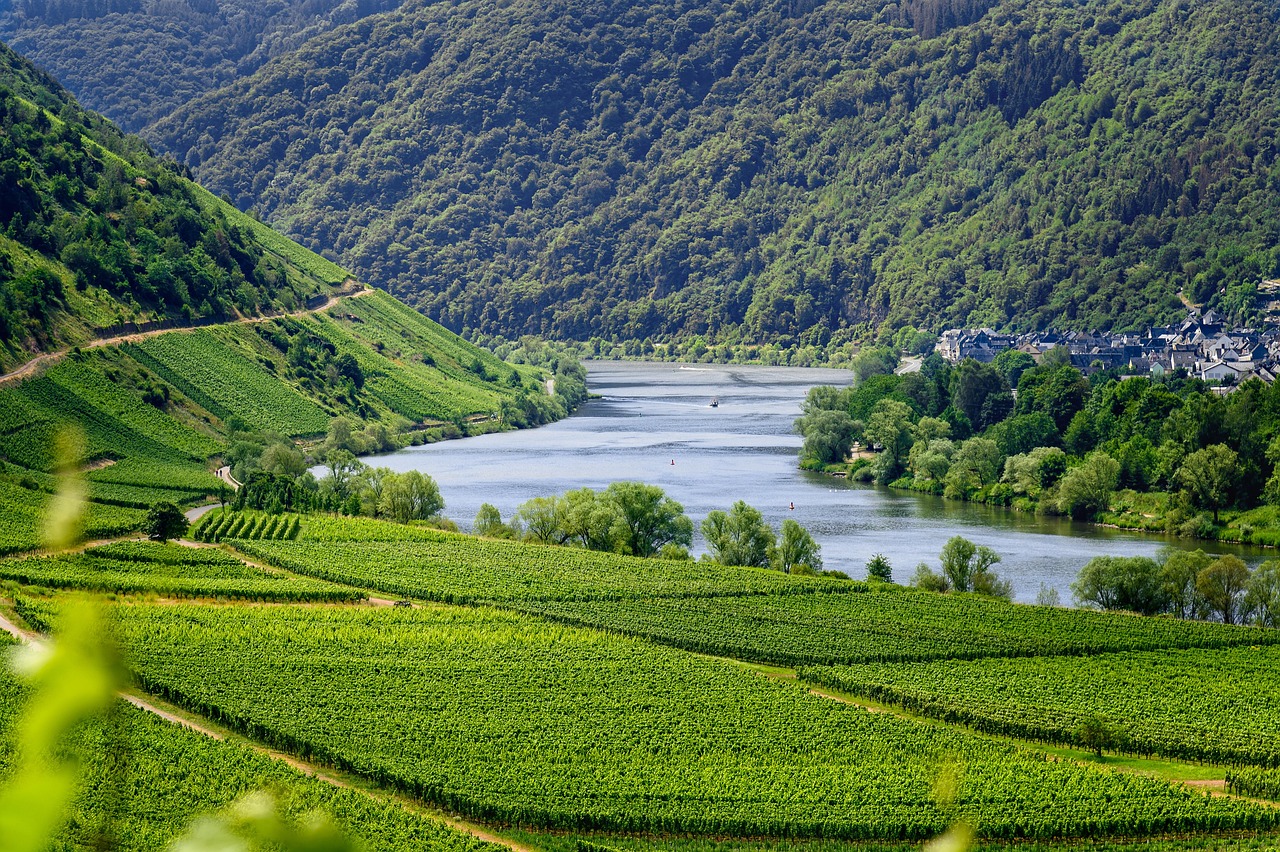The abundant spring and early summer rains have favored the emergence of pathogenic diseases, particularly downy mildew, causing significant damage to Italian vineyards. It is predicted that they may compromise up to 60% of the next grape harvest, especially in the Adriatic ridge area, as reported by the Vendemmiale Observatory of Assoenologi, ISMEA, and the Italian Union of Wines (Uiv).
The most affected region is central-southern Italy, where a strong reduction in the harvest is expected in the areas of Abruzzo and Molise, while many areas in Marche, Basilicata, and Puglia will experience declines of around 25-30%. The phenomenon also affects Umbria, Lazio, Tuscany, and even reaches Sicily. In this context, special attention must be given to organic vineyards, which make up almost 20% of Italian vine rows and are exposed to significant suffering.
“The afternoon rain, nighttime humidity, and morning sun,” emphasizes Riccardo Cotarella, “unfortunately, have been the perfect climatic conditions for the development of downy mildew, which has attacked all vineyards and especially the most sensitive varieties. However, damage can still be limited from a qualitative point of view with careful scientific vineyard management.
Now, we must rely even more on precision viticulture to save the healthy bunches,” continues the president of Assoenologi, “because we have no choice but to adapt to this crazy climate that changes from year to year, seeking new scientific systems that allow us to manage climate changes. I remain convinced, however, that even in such a complicated season, we will indeed have a reduced quantity of product, but the work of oenologists, scientific, professional, and passionate, will guarantee high-quality wines.”
The presentation of the grape harvest forecasts by the Vendemmiale Observatory of Assoenologi, ISMEA, and Uiv is scheduled in Rome on Tuesday, September 12th.
The situation in the wine sector is complex due to relatively weak domestic and foreign demand, high stocks, and prices that do not meet the expectations of winegrowers.
Fabio Del Bravo, head of the Directorate of Services for Rural Development of ISMEA, calls for caution, acknowledging the difficulties of the moment with the impending grape harvest that appears quite complex. ISMEA will closely monitor the vineyard conditions in the coming weeks. It will only be in the first half of September, when the situation becomes clearer and more defined, that a more accurate picture of the situation can be provided.
In this context, it is crucial for winegrowers to adopt prudent measures to address the challenges of the season. Careful vineyard management and agronomic practices can help mitigate the effects of adverse conditions and optimize production, even in a context of weak demand and unsatisfactory prices.
The collaboration between various institutions and the wine sector will be crucial to address current difficulties and plan long-term strategies to protect and support the Italian wine industry.
“The downy mildew cannot be the remedy for the problem of excess stocks,” says Lamberto Frescobaldi, President of the Italian Union of Wines, “because a disease cannot solve a weakness in the system. If this year, and I stress if, we were to have a production lower than the usual 50 million hectoliters, it will be the effect of a parasite that affects linearly, both the good vineyards and the less good ones.
The problem of overproduction is instead an aspect that sector policies should address with greater determination: in our view, harvests of 50 million hectoliters are now something anachronistic for a leading country that should concentrate its action on growth objectives not in volume but in upward positioning.
Uiv believes that, to counterbalance a trend that will probably lead us to have the highest stock load in cellars in the last 10 years by the end of July, greater rationalization of the offer is needed, based on appropriate rates of claimed/bottled wine, stricter rules on reclassifications and downgrades, and specialization of districts based on vocation. Today, it is no longer possible to produce wines without name and surname, the generic ones, and to have one-third of PDO-IGP wines bottling less than 40% of their potential. A complexity of the system that requires radical choices, also in terms of promotion, with the strengthening of actions aimed at assessing the real effectiveness of activities carried out abroad.”





